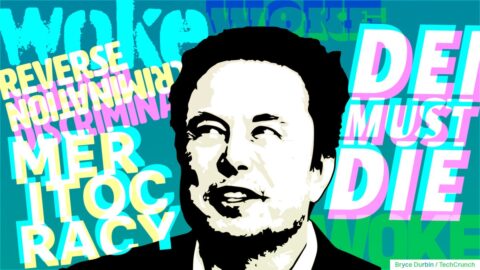
“Should I go public with the story about the time I was told I can’t be promoted for being a white man?” Shaun Maguire, a partner at Sequoia Capital, tweeted recently.
The responses to his tweet are split between the two factions that have appeared within venture in recent years: those who support diversity, equity and inclusion (DEI) efforts, and those who do not. Wealthy power players like Peter Thiel and Elon Musk have been very outspoken against the premise of DEI, with their thoughts shared and spread widely throughout the ecosystem.
“DEI must DIE. The point was to end discrimination, not replace it with different discrimination,” Musk recently tweeted before responding to himself saying, “‘Diversity, Equity and Inclusion’ are propaganda words for racism, sexism and other -isms. This is just as morally wrong as any other racism and sexism. Changing the target class doesn’t make it right!”
DEI is a framework to help create more conscious workplace initiatives to help marginalized communities. These initiatives include ensuring a firm or company attracts a diverse pool of talent, hires and promotes people without bias, and fosters positive working environments so all individuals can thrive. DEI received a lot of support after the murder of George Floyd back in 2020, but support has waned these past few years.
It is supposed to be an overarching effort aimed at helping all disenfranchised groups, but when it is targeted, it is usually for racial reasons. Since affirmative action in education was overturned this year, founders and investors knew that the industry would find an excuse to go back to how things were, would find an excuse to stall or dismiss the little progress made these past two years. In a sense, they were right, and the decreased DEI support in business and tech has created ripple effects.
Sequoia and Maguire did not respond to requests for comment by the time of publication.
Veni Kunche, the founder of Diversify Tech, said back in 2020, she saw a spike in the number of people wanting to work with her company, which helps connect companies to diverse talent pipelines. But come 2022, she saw a complete reversal. “I was honestly confused, as I hadn’t changed anything in how I ran my business,” she said. “Then, I slowly started noticing some patterns.”
